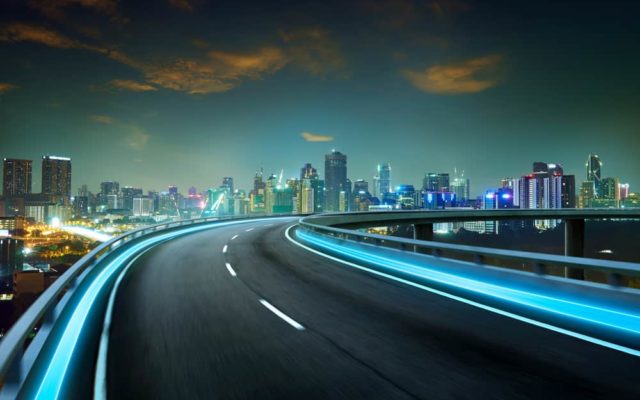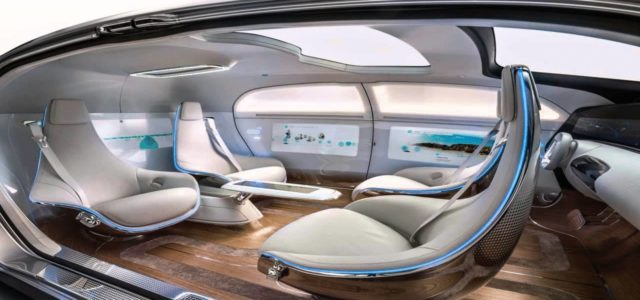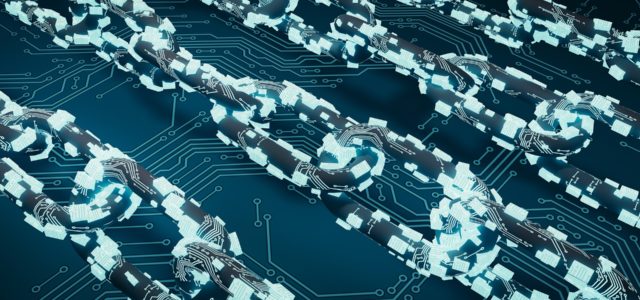Most of the world’s population lives in cities. These centres of socialisation and commerce have always been where progress and technology happen.
However, as smart city projects take off all over the world, these urban areas will become even more convenient, comfortable and efficient places to live and work.
Among the many changes comes a different and more robust type of electric grid and energy economy. We’ll need to contemplate several changes to how energy is generated and delivered as smart cities come online, with all their connected infrastructure, sensors, digital services, smart cars, companion apps and more. Here’s a look at how smart cities will redefine urban energy.
Cities turn to microgrids for resilience
According to the UN, the world’s cities consume about 75% of the world’s generated energy at the cost of 60% of humanity’s total greenhouse gas emissions. Luckily, one of the marquee features of smart cities is the ability to manage energy usage more sustainably.
One answer comes in the form of the microgrid — easily one of the most promising concepts to arrive alongside the smart city. They take our heretofore centralized energy distribution systems and make them more modular, more local, and more resilient against interruptions to delivery, including natural disasters.
Microgrids are essential for smart cities precisely because of this resilience. Microgrid projects have blown up in popularity since watershed moments like 2012’s Super Storm Sandy and 2017’s Hurricane Maria.
In Sandy’s case, microgrids at Princeton University maintained continual electricity delivery for thousands of customers, first responders and many others throughout intense conditions that would have crippled previous-generation grids.
This is a good time for microgrids to mature as a technology, with weather events growing more intense all over the globe as average temperatures rise.
Everybody becomes an energy producer
The first step toward a greener tomorrow is to electrify everything. The second step is to bolt, glue, tape or iron solar panels to every surface we can lay hands on. This includes building and vehicle roofs, the windows in our homes and office buildings, on top of awnings, on parking structures and overpasses, our clothing and even on public art installations.
For residential and business utility customers, smart cities and microgrids represent an opportunity to produce one’s own power and sell back any excess energy that’s generated. In a city, think of the number of homes and apartments that sit empty during the day while commuters do their day jobs.
Those homes aren’t using much power, but they could potentially generate it for most of the day and send that electricity back to the grid for use by others. In the process, the owner or landlord earns a modest residual income from their solar installation.
This concept is known as an energy community, and we’re likely to see many more of them as smart cities become more common. There are further technological and regulatory hurdles before this becomes a widespread reality.
However, some energy companies have their eye on the blockchain or other technologies to help keep the energy buying and selling process clear and transparent.
Parking and idling get what’s coming to them
A considerable amount of energy goes to waste each year in cities during parking, while looking for parking, and waiting in line to pay an attendant for the privilege of parking.
New York City is the worst offender, where drivers spend 107 hours per year and around $2,243 each — $4.3 billion for the entire city — on gasoline and vehicle wear-and-tear.
None of this is sustainable, which is why many cities are beginning pilot programs to test smart parking meters. Such a system would interface with an app on the driver’s phone, show them where parking is available and make mobile payments a breeze. No more hunting for spaces and no more outsized impact on our travel budgets and the environment.
Lebanon, Pennsylvania, isn’t a smart city — but it’s begun dipping its toes in the water with smart parking meters. True smart cities will take connected infrastructure to even more exciting places.
For instance, waiting at busy intersections is another huge waste of time, money and environmental emissions. Autonomous cars of the near future will interface wirelessly with stoplights and each other to help traffic flow much more smoothly and safely at intersections, eventually without even bringing vehicles to a halt.
Smart cities mean smarter living
Smart cities might help us find better ways to live in peace with nature and even with ourselves. Some of the most heated disputes between landlords and tenants happen when property owners don’t uphold their end of the agreement, like staying up-to-date on maintenance and improvements.
It’s not hard to see how the more widespread use of smart sensors in the construction sector could help put some unpleasant memories to bed, such as the rash of rushed construction that took place in the mid-2000s.
Structural and concrete sensors placed in new construction or retrofitted into an existing structure could bring peace of mind and new ways to enforce safety codes so incidents like the Grenfell Tower fire don’t happen again.
Besides warning about likely fire conditions, smart city infrastructure can alert maintenance crews to several emerging disasters, such as failing plumbing, a troublesome boiler, a furnace or air conditioner that might leave a tenant in the lurch, or a problem with another building system.
Running anything to failure is a waste of energy, effort and resources. Thankfully, it won’t be much longer before the city nearest you begins a pilot program of its own to explore some of these technologies. As we’ve seen, there’s every reason to be optimistic that high tech also means a high standard of living.
Article by channel:
Everything you need to know about Digital Transformation
The best articles, news and events direct to your inbox







